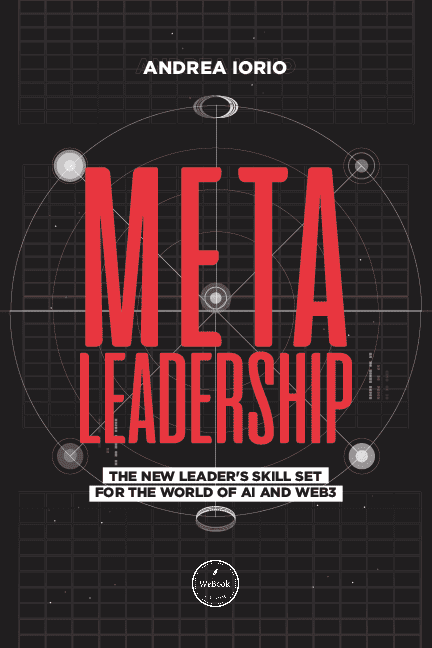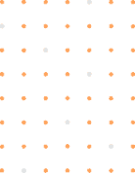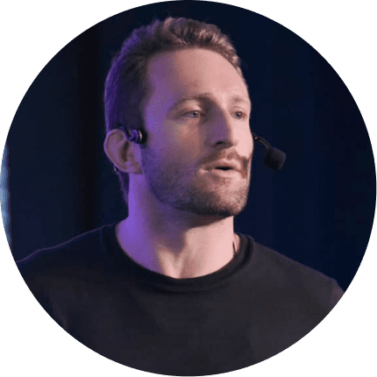Elon Musk famously said, "Artificial Intelligence is a reflection of the limbic system of those who develop it." But what does he mean by that? He is referring to the influence of human motivations and values on the creation and development of artificial intelligence (AI). The limbic system is the part of the human brain responsible for emotions, motivations, and decision-making.
Musk's statement underscores that the characteristics of AI can be shaped by the perspectives, beliefs, and predispositions of its creators. He is warning about the importance of ensuring that AI is developed with strong ethical and human values to avoid potential negative consequences.
Musk's concern is related to the fact that if AI is designed based on selfish tendencies, biases, or other human biases, it may reflect these traits in its behavior. For example, if the data used to train AI is biased, it may perpetuate discrimination or make socially undesirable decisions. Do you see how closely the brain is connected to artificial intelligence?
Now, let's hear it from today's protagonist, Geoffrey Hinton, a cognitive psychologist and Anglo-Canadian computer scientist known for his work on artificial neural networks. He is also known as the "Godfather of AI." Until recently, he split his time working for Google and the University of Toronto, but he has been in the global press recently discussing the risks of AI. Listen to him talk about neuroscience as the key to understanding AI, and don't forget to turn on YouTube subtitles.
“Yes, I’d really like to understand how the brain works. Obviously, if your failed theories about how the brain works lead to good technology and you’re cashing in on that, it gets grants and things. I would really like to know how the brain works, and I think today there’s a divergence between the artificial neural networks that are the basis of all this new AI and how the brain actually works. I think they are going in different routes now”.
When we look at the historical relationship between neuroscience and Artificial Intelligence, we notice how these two areas have always gone hand in hand. While neuroscience supports the development of AI, AI supports the advancement of neuroscience. How does this all work?
Let's start with the ways in which neuroscience inspires the design of AI systems. One, by emulating human intelligence, and two, by building neural networks that mimic the brain's structure.
Starting with the first part, recent advances in artificial intelligence have been drawing attention by achieving impressive feats such as:
- Reliable object recognition, like Tesla's autonomous cars.
- Beating top StarCraft players at video games.
- Detecting breast cancer faster and better than doctors.
These machines can perform tasks and solve problems better than us, reaching a level of performance that rivals or even exceeds human capability. However, despite their impressive abilities, they are designed to excel in specific functions. We are still decades away from building general artificial intelligence, which, as a reminder, is intelligence that replicates human capabilities.
Despite their biological inspiration, these artificial intelligence systems differ from human intelligence in crucial ways. For a machine to learn or think like a human, it needs to be able to:
- Explain and understand problems.
- Learn to learn to acquire knowledge.
- Generalize knowledge for new tasks and situations.
In a study published by KAIST, researchers developed a computational and neural mechanism for human meta-reinforcement learning. Like humans, we can adapt to complexity and uncertainty when making decisions. Researchers aim to build models that can make decisions and solve problems in the same way humans do. Their findings open the possibility that technological advances could lead to the construction of machines more similar to humans.
It is an ongoing quest to build machines with learning and cognition abilities that truly resemble humans, machines that can learn and think like us. For example, even with our "eyes" covered, we can still play the guitar well. But for an artificial intelligence system to play the guitar in a new environment (with its "eyes" covered), it may not work as effectively.
Now, regarding the second point, it is a fact that AI scientists have drawn inspiration from the structure of the human brain to design the neural networks we know today. The concept of neurons in neural networks has similarities to biological neurons in the brain.
A human brain contains about 86 billion neurons, each individually connected to other neurons. Biological neurons are cells; when one is activated, it generates a spike and sends signals to other neurons.
Like a human brain, a machine learning neural network consists of interconnected neurons. When a neuron receives inputs, it is activated and sends information to other neurons.
The plasticity of our brain allows us to learn and improve our skills. Every time we learn something new, we are creating and strengthening connections between neurons. This is why when we practice a task, we become better at it.
Similarly, a neural network learns when we feed it with a lot of data. Each connection in the neural network is associated with a weight that dictates the importance between neurons. During the training process, weights are adjusted accordingly to strengthen or weaken the connections between neurons.
For example, when we look at a picture of a cat, we know it's a cat because we've seen many cats in our lives. Similarly, if we provide our neural networks with enough cat images, they will start recognizing cats.
But why does Geoffrey Hinton say that this relationship is fading away? In the same CBS Morning interview from which the above quote was extracted, Geoffrey mentions that all the major AI models today use a technique called "backpropagation," which he popularized in the 1980s. He doesn't think this is what the brain does or how it functions. Why is that?
According to him, there are two fundamental paths to intelligence: one is a biological path where you have hardware that is not as developed, somewhat analog, and where what we have to do is communicate using natural language. However, instead of having to convey hundreds of trillions of numbers, you can communicate just what you say in a sentence - which is not many bits per second. So, we are very poor at communication compared to these digital computational models, whose communication is vast because they are almost identical models running on different computers. Because of this, they can see an incredibly large volume of data because different computers can see different data and can combine what they have learned much more than any individual could comprehend.
It's a fact that ChatGPT knows much more than any human being, but, for example, it's not as good at reasoning as we are. Why? Because we need to extract our knowledge from much less data.
What is the second path to intelligence? It's precisely this current version of neural networks, where you have the same models running on different computers, and they can share billions of numbers.
Do you see how the new AI models are moving away from how the brain works? Because this second path only works on digital computers, as every biological brain is different, and learning cannot be shared in the same way.
Now, let's also learn how AI is advancing the field of neuroscience, helping us better understand how the brain functions. Neuroscientists are researching how the human brain processes thoughts and controls our bodies. By gaining more knowledge about the brain, we are better equipped to diagnose mental illnesses and enable people with disabilities to improve their movement capabilities.
The advancement of artificial intelligence systems can help boost neuroscience and unveil the secrets of the brain. It allows neuroscientists and researchers to build better models to simulate the human brain.
Neural networks are acting as "virtual brains" that capture the representation of our brain. These virtual brains can produce neural activity patterns that resemble those recorded in the brain. These patterns allow neuroscientists to test hypotheses and observe simulation results before investing more resources in real tests on animals and humans.
However, the way artificial intelligence systems operate is very different from our brain. Neural networks are only an approximate analogy of how the brain functions; they model neurons as numbers in a high-dimensional matrix. But in reality, our brain is a sophisticated piece of biological machinery that uses chemical and electrical activity. This makes us different from machines.
The role of Machine Learning is also crucial. The primary strength of Machine Learning lies in its ability to recognize patterns in complex data. The complexity is especially significant when it comes to analyzing our human minds. Brain signals are genuinely complicated. With the advancement of machine learning, neuroscientists are unraveling the secrets of how billions of brain neurons work together.
Functional magnetic resonance imaging measures activity in our brain by detecting changes in blood flow. It generates high-dimensional snapshots of brain activity every second. Using machine learning to analyze data helps discover patterns in brain activity, accelerating research efforts.
Machine Learning also helps us develop applications that were previously considered impossible. The University of Korea designed an experimental environment to control a lower-limb exoskeleton. Users can control the exoskeleton by focusing their attention on blinking lights.
In conclusion, we can say that the human brain is the primary inspiration for building human-like artificial intelligence. AI researchers use ideas from neuroscience to develop new algorithms, and conversely, artificial intelligence accelerates research in neuroscience. Neuroscientists learn from the behavior of artificial agents to interpret our brains.
Naturally, these two disciplines complement each other and will continue to develop insights from one another, which is why it is crucial to understand how the human brain works as much as an AI algorithm.









